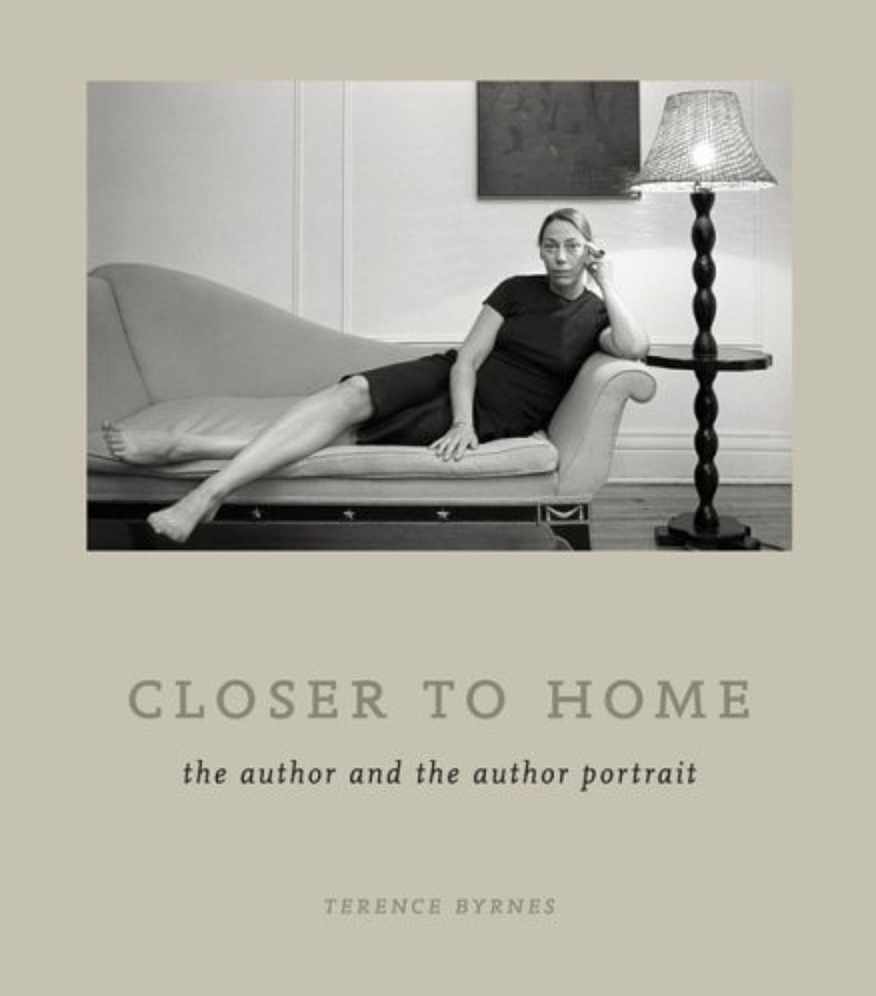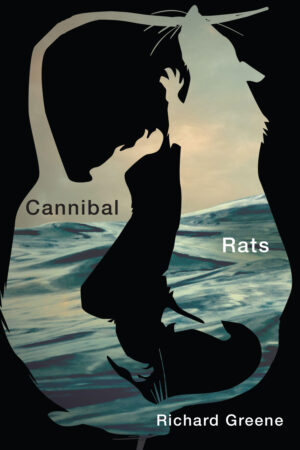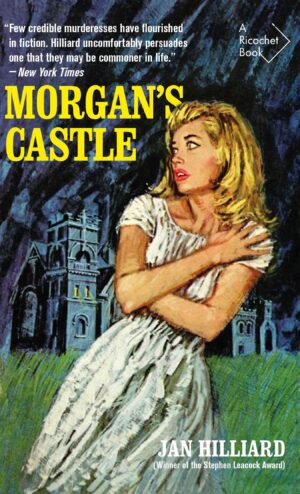Closer to Home: The Author and the Author Portrait
Price range: $29.95 through $59.95
Publication Date: September 10, 2008
180 pages
9 x 10.25 Inches
ISBN: 9781550652482
|
Trade Paperback $29.95 |
|
|
Hardcover $59.95 |





